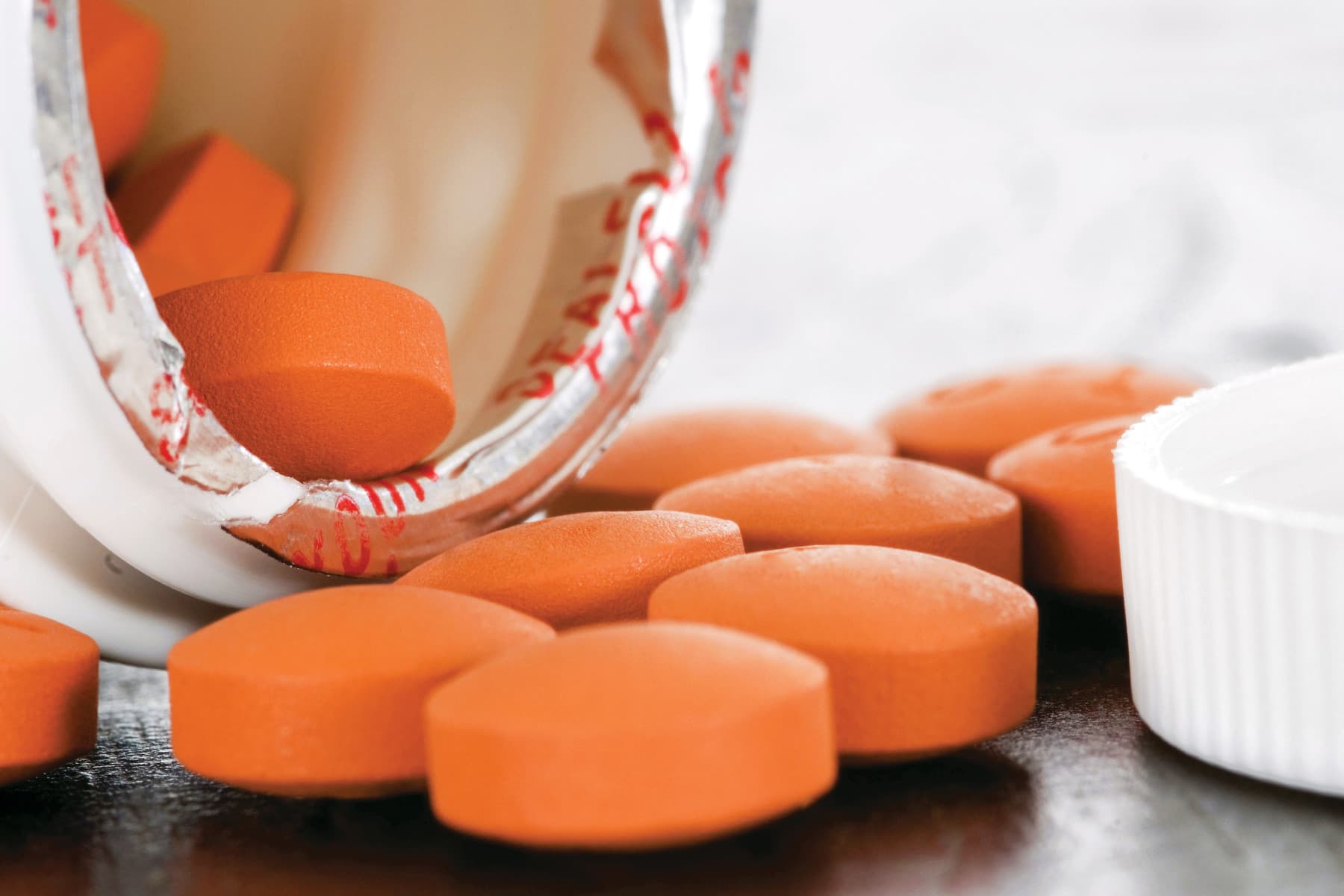Dec. 20, 2022 — Your local pharmacy is wiped out of over-the-counter children’s pain relievers — again. But before thoughts of runny noses, sleepless nights, and feverish kids threaten your holiday plans, parents, you do have some other options.
While there is no official shortage of Children’s Tylenol in the U.S., according to Johnson & Johnson Consumer Health, which makes the product, it has been an “extremely challenging cold and flu season,” and demand for these products has simply skyrocketed, the company says in a statement.
“We are doing everything we can to make sure people have access to products they need, including maximizing our production capacity, running our sites 24 hours a day, 7 days a week, and continuously shipping out product,” the statement says.
Children’s Motrin has also been challenging to find in stores this holiday season. This can be traced to the “rise in pediatric cases of respiratory illnesses including the flu, COVID, and RSV,” says Consumer Healthcare Products Association spokesperson Logan Tucker.
“Parents may have to make a few stops to find what they need and should also consider additional self-care alternative to aid comfort and relief at the director of their health care provider,” Tucker says.
Parents should avoid the urge to stock up on children’s pain meds, as this can further fuel supply and demand struggles within stores, says Tucker. CVS and Walgreens pharmacies have both recently announced limits to the number of children’s pain drugs you can purchase in their stores.
CVS has a two-product limit on all children’s pain meds both in stores and online, and Walgreens has a max of six over-the-counter kids’ pain relievers for online purchases. Supermarket chain Kroger also has a two-product limit for children’s pain drug purchases.
Explore Your Options
Don’t be afraid to try the generic versions of acetaminophen (Tylenol) or Ibuprofen (Motrin), says Joseph Perno, MD, emergency center doctor and vice president of medical affairs at Johns Hopkins All Children’s Hospital.
“Most stores have their own versions of these medications,” he says. “Families may also be able to find other formulations, such as chewable or rectal suppositories.”
Remember the Basics
If your child is feeling sick, always keep in mind standard best practices for treating illness, such as drinking plenty of liquids.
“If they are not eating, Pedialyte or sports drinks work very well during illness to keep them hydrated.”
If your child is sleeping more than usual, that can also be normal. Just make sure they wake up often enough to keep sipping their liquids.
When to Seek Further Medical Attention
“If your child has a fever for 3 to 5 days, it is worth evaluation by your physician,” says Perno.
Altered mental status and respiratory problems, like shortness of breath or fast breathing, or changes in skin color, can be signs of something more severe. Signs of dehydration, like no tears while crying, dry mouth, or your child not using the bathroom as frequently as usual, also fall into this camp. If your child is experiencing any of these symptoms, they should be seen in an emergency room, says Perno.


